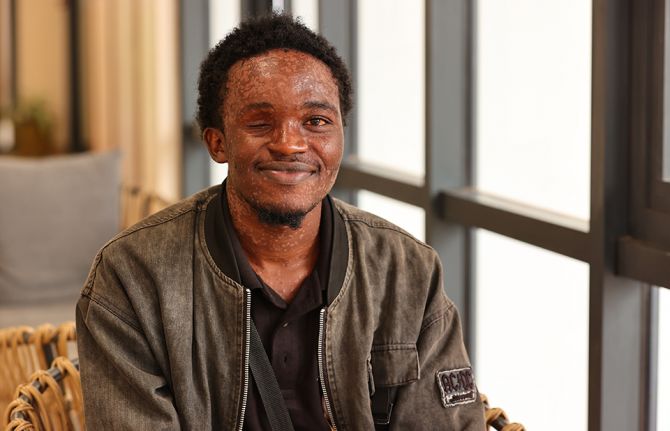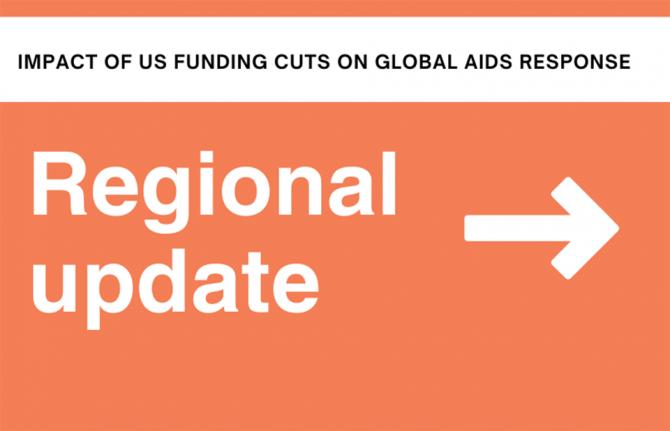
Feature Story
Contemporary African art and AIDS
09 February 2007
09 February 2007 09 February 2007
African art has traditionally been perceived by western societies as being folklore or handicrafts. It wasn’t until late 20 th century that the so-called art critics reexamined the uniqueness of the contemporary African art, which finally found its place in the cultural conscience of western countries.
In 1986, one exhibition in Paris became pivotal in changing the perception of non-western contemporary art. The exhibition, called Magicians of the Earth, showed the works of contemporary artists from all continents. This event led to the creation of the Contemporary African Art Collection (C.A.A.C) by art collector Jean Pigozzi, who has become one of the major promoters of African art.

Pigozzi’s collection, one of the most important in the world, includes works of artists that live and work in sub-Saharan Africa who use different formats of expression ranging from paintings and sculptures to video and multi-media.
The importance of the collection and of most contemporary African art lies in the fact that artists have liberated themselves from the aesthetic tutelage imposed by western models and are able to express local or universal ideas with their own language, icons and formats.
African artists live and work closely in touch with their public and are aware of both local and global current affairs. Furthermore, the representation of collective problems has become a recurrent pattern which underlines the importance of the community in Africa.
Cheri Samba, one of the most famous Congolese painters, stated: “My art is part and parcel of my environment. It draws its inspiration from the people, it is concerned with the people, and it is meant for them”(1).

African art digs into its own reality, which makes artists the chroniclers of their times. Tradition, nature, myths and day-to-day life are sources of inspiration that shape the works of contemporary African artists. But common to all those artists, is the unavoidable influence that AIDS, and its impact on their societies, has in the conception of their art.
AIDS has shaped the lives of millions of people, especially in sub-Saharan Africa, and its impact it is embedded in the artists’ perceptions of their communities. Their works of art reflect in many ways the effects that the AIDS epidemic has on the societies they live in. However, art can and in fact should play an important role in the response to AIDS.
The proximity of African artists to their communities and the fact that they use a common language, place them in a privileged position to raise awareness of the epidemic as well as to provoke thought and dialogue around AIDS issues such as stigma and discrimination, poverty, gender and human rights.
UNAIDS Art for AIDS collection
In late 2006 UNAIDS launched the Art for AIDS collection in its new headquarters in Geneva, a building it shares with the World Health Organization.
“We are very fortunate to have art on loan from the Jean Pigozzi Geneva collection,” said Annemarie Hou, curator of the UNAIDS collection. “There are several pieces that have provoked hallway conversations and heated discussions—to hear people talk about the art was when we knew the collection was working.
”The UNAIDS’ Art for AIDS collection are museum quality pieces that provoke thought and dialogue. With an initial emphasis on African art and artists, the pieces have been assembled through the generous support of artists, collectors and donors.
All photo credit: O. O'Hanlon
(1) Cheri Samba, 100% Africa, TF Editores & FMGB Guggenheim Bilbao Museoa, Bilbao, 2006, p.142



